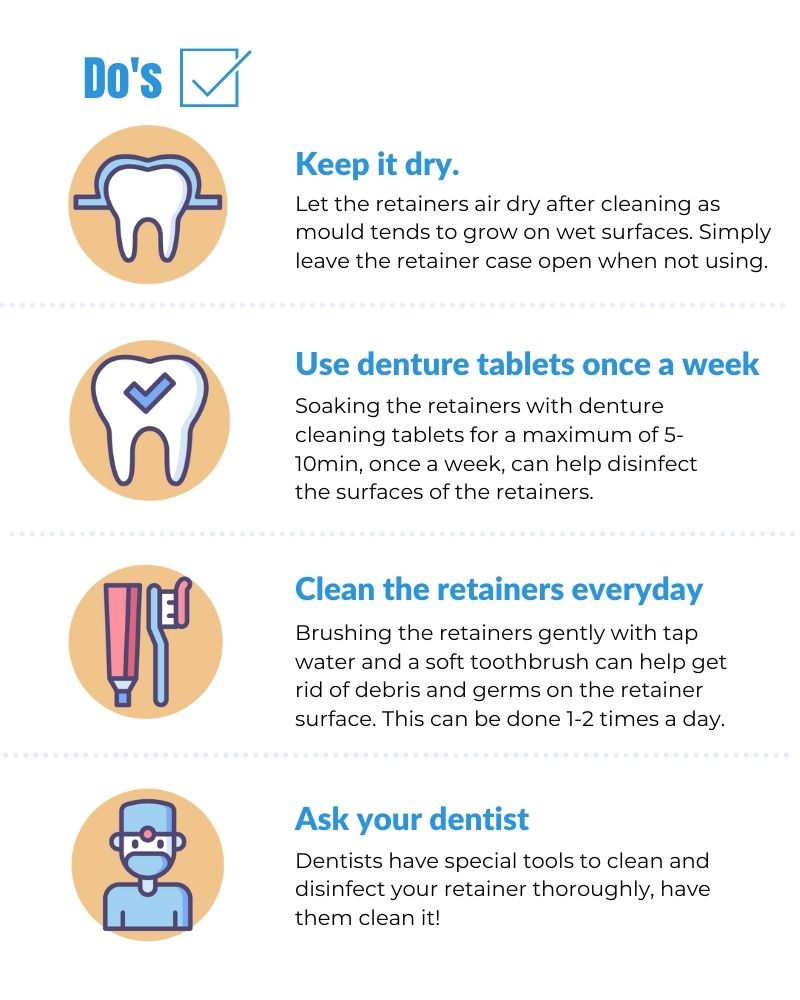
Smart Ways to Measure Shoe Size for the Perfect Fit in 2025
Finding the perfect shoe size is crucial for both comfort and foot health. Without accurate measurements, many people encounter discomfort, which can lead to wider issues like foot pain or injuries. This article will explore smart and innovative methods to measure shoe size, ensuring you always find the best fit possible for any occasion. We will dive into various techniques using both traditional and modern approaches, alongside practical tips tailored for different needs. Additionally, we will cover children’s shoe size measurement and how to tackle common mistakes in measurements.
By understanding the essentials of how to measure shoe size accurately, you can make informed decisions whether you're shopping in-store or online. This article serves as a comprehensive shoe fitting guide, outlining everything from measuring foot dimensions to interpreting shoe size charts. We'll also discuss foot width measurement and the significance of shoe size conversion among different regions.
As we explore the smart ways to determine shoe size, keep in mind the key takeaways outlined below:
- Understanding international shoe size standards is vital.
- Accurate foot measurement techniques will lead to better comfort.
- Children’s shoe growth should be monitored regularly for proper fitting.
- Utilizing online tools can simplify the shoe size determination process.

Essential Guide to Accurate Shoe Measurements
Building on the foundational understanding of shoe fitting, let's delve into the methods for measuring foot length. Accurate measurements are crucial when determining your shoe size, as improper measurements can lead to discomfort.
Measuring Foot Length Accurately
The first step in how to measure your shoe size effectively is to measure the length of your feet accurately. Begin by placing a piece of paper on a flat surface against a wall. Stand on the paper with your heel against the wall. Mark the longest point of your foot on the paper and measure this distance using a measuring tape or a ruler. It is crucial to measure both feet since one foot is often larger than the other.
Record the measurements in centimeters or inches, depending on your preference. Many shoe size charts will provide conversions based on these measurements. It is advisable to measure your feet at the end of the day, as feet can swell over the course of the day due to gravity and activity.
Determining Foot Width Measurements
Understanding shoe width sizes plays an integral role in finding the right fit. Using a soft measuring tape, measure the widest part of your foot. It is important to note that width fittings can vary, so refer to a shoe size chart that includes width options such as narrow, medium, and wide.
This ensures that your shoes not only fit well in length but also accommodate the overall shape and width of your feet. Wider feet often require a customized experience which might lead to considering custom shoe fitting options.
Using Measuring Tools for Precision
Employing shoe measurement tools can simplify the process of measuring your feet. Devices like foot measuring gauges and online shoe size calculators can offer a more accurate reading with less room for human error. Simply place your foot in the measuring device or input your foot dimensions into the calculator for quick results. Many reputable brands provide these tools for excessive accuracy.
Children’s Shoe Size Measurement Techniques
For children's shoe size measurement, it is essential to measure their feet regularly, as children grow quickly. Use the same techniques outlined above, ensuring to measure both length and width for a comprehensive understanding of their feet. Investing in professional consultations at a footwear store can also help parents navigate their children’s shoe needs as they grow.
Common Mistakes in Shoe Size Measurements
Being aware of common shoe size mistakes can greatly enhance your measuring process. Errors such as measuring just one foot, not accounting for foot swelling, or neglecting to check width can lead to ill-fitting shoes. Always measure shoes for comfort rather than solely focusing on aesthetics as the right fit will ultimately impact foot health.
Now that we've covered the essential aspects of measuring shoe sizes, we transition to ways to apply these measurements effectively when shopping for shoes.
Effective Ways to Shop for Shoes Using Measurements

Fitting Shoes Online: Tips and Tricks
Online shopping can be a daunting task without proper measurements. To make the process smoother, first determine your accurate shoe size using the methods we discussed earlier. Many online retailers offer detailed size guides and shoe size charts that incorporate international standards for you to reference.
Packing your measurements when shopping online provides a more assured foundation for selecting the proper fit right from your home. It's also a good idea to check user reviews and size feedback to gauge how well the shoes run compared to standard measurements.
Size Conversion and International Standards
Understanding shoe size conversion is key when buying shoes made internationally. Different regions may use various sizing standards, but most reputable brands will provide a size guide for shoes that lists comparisons among US, UK, and EU sizes. This will help avoid any confusion while shopping for shoes globally.
Shoe Fits for Different Activities
Consider the specific use of the shoe while selecting your size. For instance, running shoes often necessitate a snug fit to prevent any movement that could lead to blisters, whereas casual shoes may be comfortable with a little extra room. Thus, understanding how to measure shoes for athletic activity is essential to ensure comfort and performance.
Utilizing Foot Measurement Tips for Custom Shoes
For unique foot shapes—like high arches or wide feet—custom shoe fitting techniques can help maximize comfort. Contact a local shoemaker or utilize online custom shoe services to create a tailored option that perfectly aligns with your measurements.
Practical Examples of Successful Shoe Measurements
Many customers have found success through proper shoe measurement techniques. Individuals with wider feet report that customizing their shoe sizes has significantly reduced discomfort during wear. Likewise, parents note their children’s foot health improved when accurately measuring and converting their shoe sizes regularly as they grow.
As we wrap up the practical implications of shoe measurements, let's explore how to enhance shoe comfort with simple adjustments.
Optimizing Shoe Comfort and Fit
Insoles and Shoe Sizing
Proper shoe sizing doesn’t only depend on the measurements but also on the insoles you choose. Insoles can help bridge the gap if your shoes feel slightly loose, providing arch support and cushioning where needed. If you experience foot pain often, it may be worth experimenting with insoles designed for specific concerns.
Foot Health and Shoe Size Adjustments
Good foot health is intrinsically linked to wearing the right shoe size. Misfitting shoes can lead to discomfort and even chronic issues such as plantar fasciitis. Regular foot measurements can help you avoid these issues by ensuring you’re always wearing the correct size and shape fit for your feet.
Measuring Shoes for Special Occasions
Measuring for special event shoes, such as high heels, comes with its own set of challenges. Ensure that your measurements accommodate for heel height and foot arch to ensure comfort, which allows you to enjoy events without foot fatigue.
Evaluating Foot Shape and Fit
Understanding your foot shape aids in selecting shoes that complement your feet appropriately. Those with wider feet may need to look for brands embracing width fitting options. Ultimately, knowing your foot characteristics helps find a shoe providing the utmost comfort.
Common Sizing Issues and Troubleshooting Tips
Common size conversion errors can cause issues when ordering shoes online. Double-check size charts and ensure any conversions relate back to the measurements you previously made. Utilize tools like printable shoe size guides to avoid missteps and ensure a successful shopping experience.
Q&A: Common Questions about Measuring Shoe Size
How do I measure my feet correctly at home?
To measure your feet accurately at home, stand on a sheet of paper and trace the outline of your foot. Measure the length from the heel to the furthest toe. Remember to measure both feet and use your larger measurement as the reference point.
What are common mistakes when measuring shoe size?
The most common mistakes include measuring one foot instead of both, forgetting to account for swelling, and not considering shoe width. It's important to address each of these elements to ensure the best shoe fit.
Why is precise shoe size measurement important?
Precise shoe size measurement is essential to prevent discomfort, injuries, and maintain proper foot health. Wearing the wrong shoe size can lead to various foot problems over time.
How often should I measure my feet?
It’s best to measure your feet at least once a year, or anytime you notice discomfort when wearing shoes. Foot size can change due to various factors, so regularly checking ensures you remain in the correct size.
Can insoles affect shoe size fitting?
Yes, insoles can impact shoe size fitting. They can provide additional support and cushioning, and thus may require you to adjust your shoe size accordingly to ensure comfort and support.
With these insights, you’re now equipped with smart techniques to measure shoe size accurately and effectively, making your shoe shopping experience considerably more comfortable. Whether for casual wear, sports, or special occasions, you can confidently find your ideal shoe fit with reliable measurements.